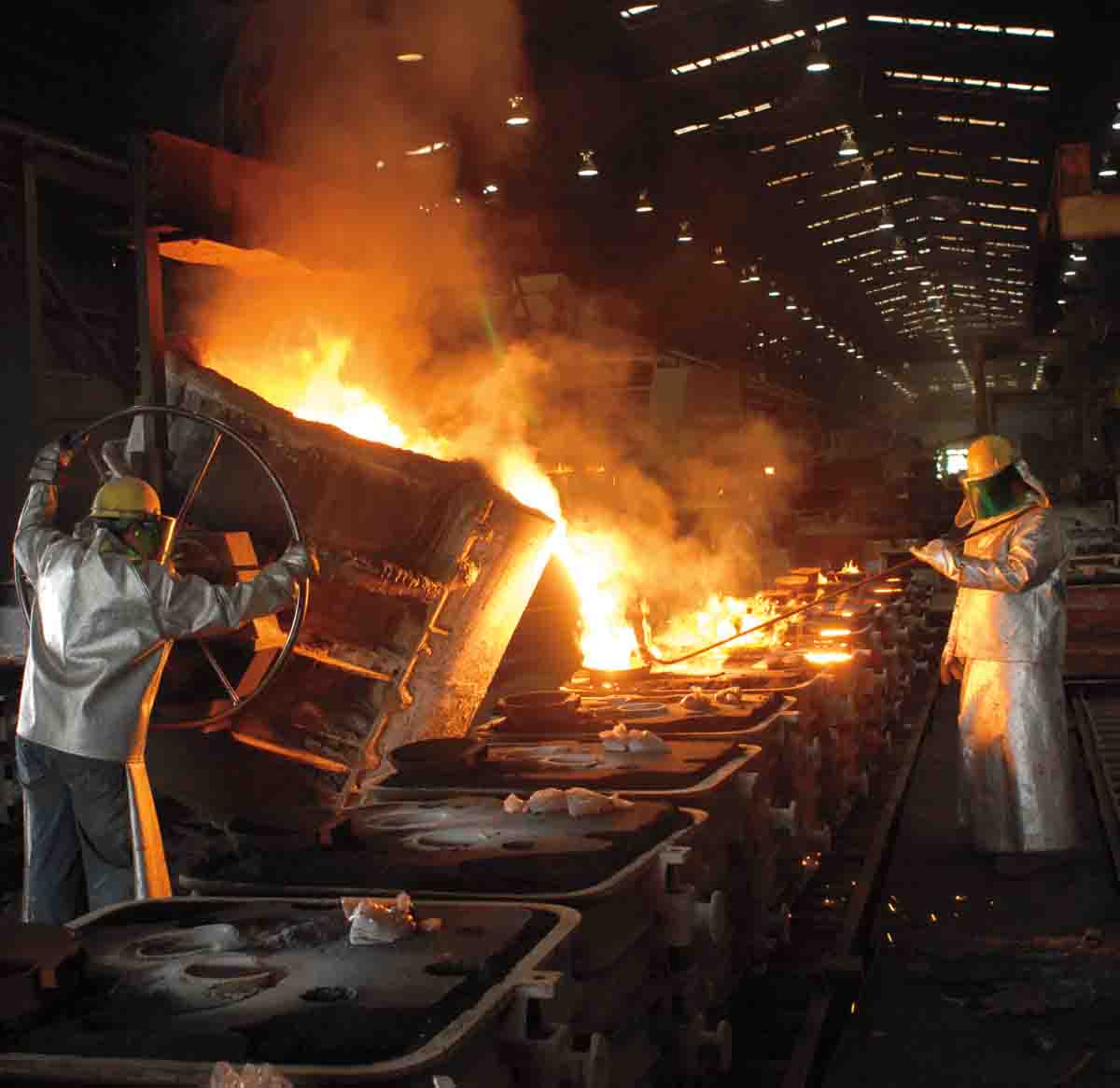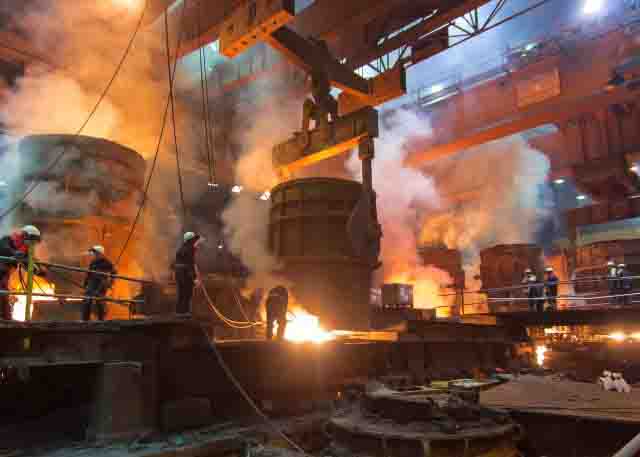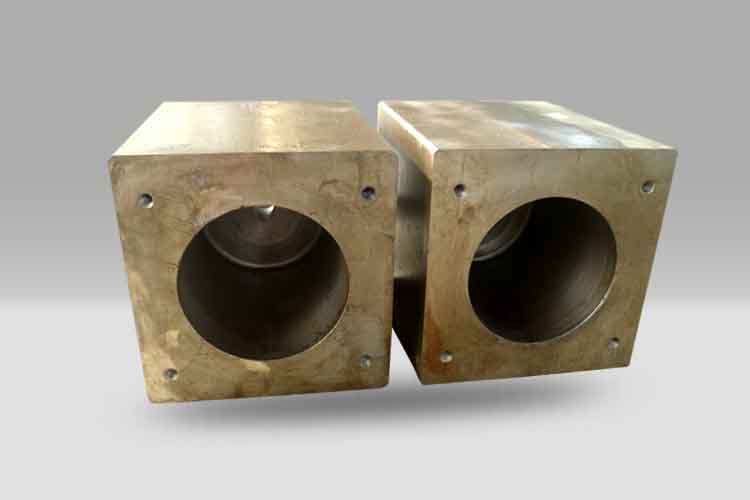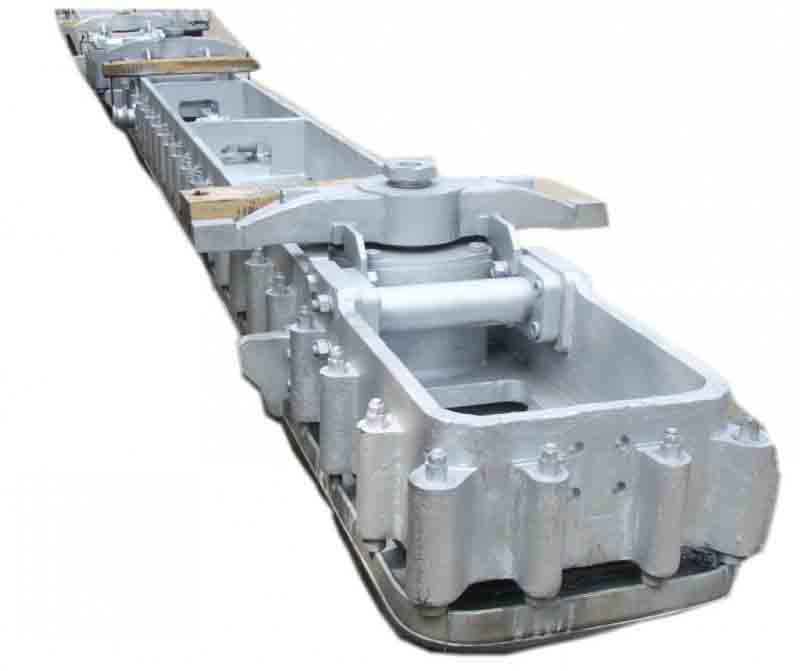
------------- Porosity in Casting Process
|
1.What is porosity? |
 |
Precipitation: It means that the molten aluminum contains air and the air is not shaved completely and precipitate during the solidification.
(2)Reaction Pores: In casting process, this kind pore distributes on the shaped wall and the surface of castings. The surface of the pores is smooth, silver-white (steel castings), metallic bright or dark color.
Reaction: things in the mold, core, cooling iron and paint may set off a chemical reaction with the molten aluminum in casting process.
(3)Invasive Porosity: These pores distribute on the upper part of the casting, big and smooth surface.
Intrusion: The air in the cavity of the casting is not timely discharged out and invade into the casting.
 |
3.The Pore Forming Mechanism |
(3)The gas in the cavity of the casting, not timely discharge outside, always forms into the invasive pores if the design of the casting is not reasonable. Such as mold or core are poor exhaust, careless operation, or at the high speed, the gas eyes are blocked and the gas are hold in the cavity and formed into pores.
4.Control Measures to Prevent Defects in Casting Process
(1)Strict implementation of smelting process, avoid the intake of liquid metal and operate the outgassing carefully.
A.The metal material and the return material should be dry, no rust, no oil, etc., and should be warm-up before using.
B.The melting temperature should be not too high. The higher the melting temperature are, the more of the gas (mainly hydrogen). So the temperature should be strictly controlled, especially for the non-ferrous alloys.
C.For any kind of metal, the time of the melting process should be as short as possible to prevent the liquid metal intake gas. A factory once time produced aluminum ferromanganese brass castings, after 2.5h, the metal melting and casting, the tightness of the casting product was qualified; but if the metal smelting time was 6h and pouring castings in the casting process without changing other factors, all parts of the tightness of the castings were failed and scrapped. When recover the melting time, the tightness of every part of the castings became qualified, which fully shows that the metal melting time has an important influence on the tightness of the casting products.
d. The alloy which contains aluminum cannot be molten with the frequency furnace. It is suitable to use the resistance furnace, far infrared ray heating furnace, and reverberatory. With practice, it shows that all these furnace can produce molten aluminum with less air and impurities. e. When feeding the metal, the low melting point material should be first put into the furnace, then high melting point metal. This will make the metal getter less, as the contact area with the air and the contact time with the air become less. f. The liquid metal should pour immediately, do not stay too long, to prevent the re-inhale. g. With hexachloroethane or argon gas refinery to gas or vacuum degassing.
 |
 |
(2) Minimize the gas evolution of the paint, sand core, metal type (core). Select the good quality paint, mold and core coatings and then fully dry them. Prevent the reaction of the stomata.
a. Choose the right kind of paint, which should have less gas evolution. Because the paint also has some gas exhaust.
b. Mold should be preheated with the core, and then spray paint must be baked through the end before use.
c. Not trowel after spraying paint. Where the paint off, it shall immediately spray.
d. Sand core must be completely dry before use.
e. Metal mold and the cold iron surface should be smooth and clean, and dry sfter use. (3) To improve venting of the mold and core. According to the characteristics of castings, considering casting filling circumstances, a reasonable choice of location and different exhaust vent measures: exhaust ducts, exhaust piece, exhaust needles, vent plugs, exhaust vent, etc. (4)Select the appropriate filling velocity, and strive to pouring process smooth to prevent the involvement of gas. Molten metal rising speed should be controlled in 5mm/s. that is what called gravity casting process. In the casting process, these factors should be controlled strict: exhaust ducts, exhaust piece, exhaust needles, vent plugs, exhaust vent, etc.